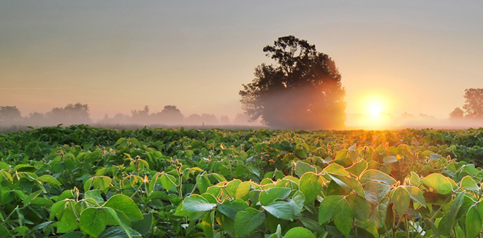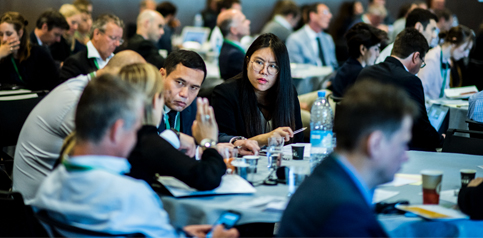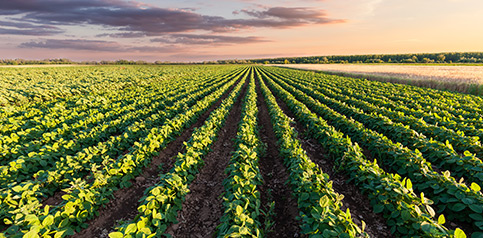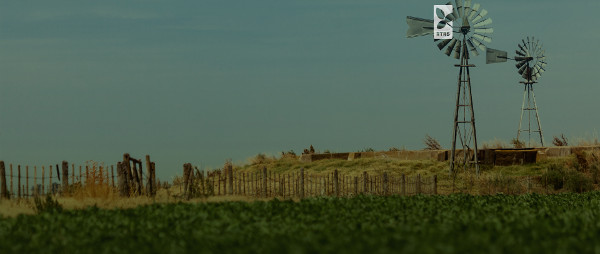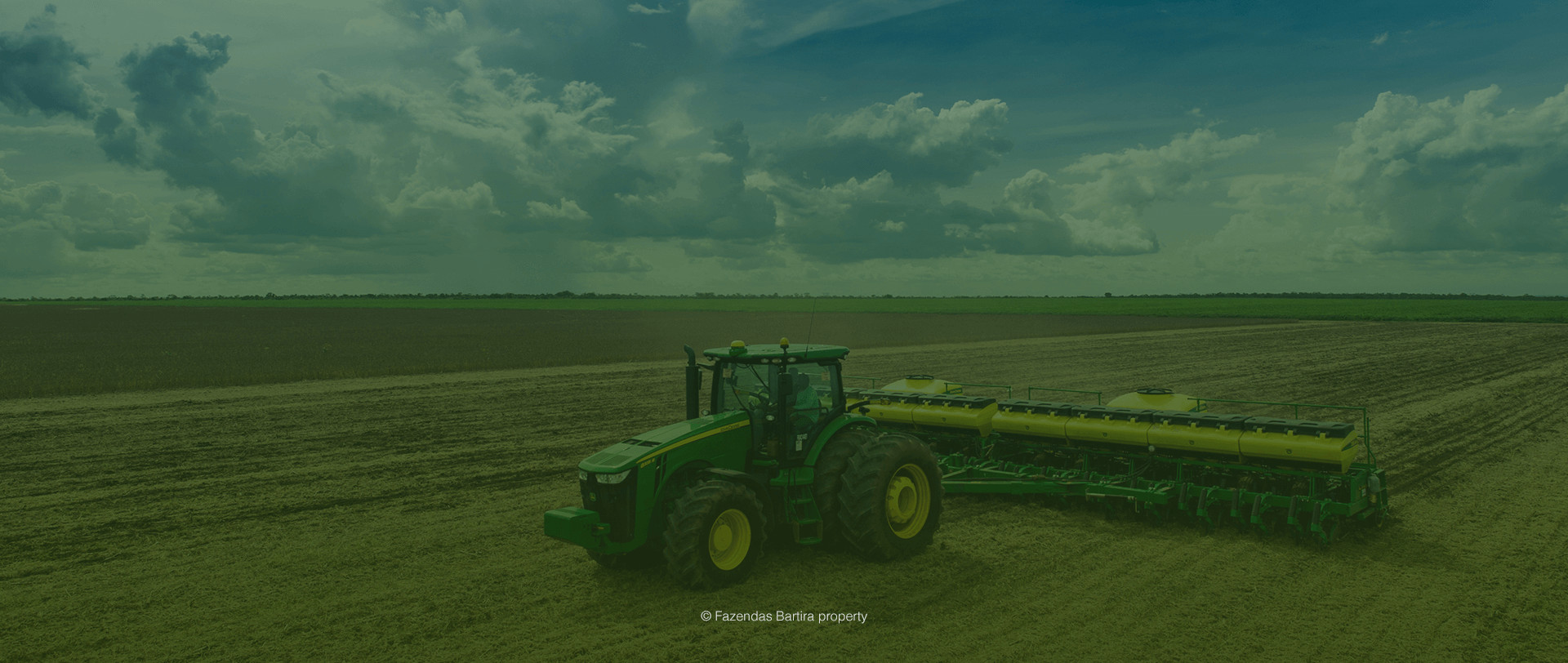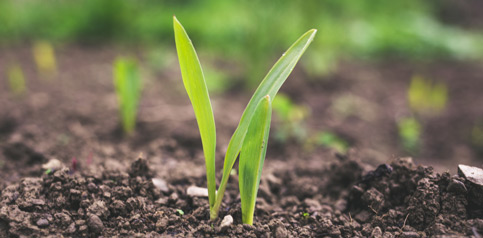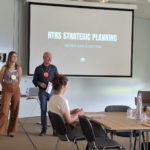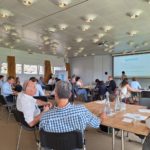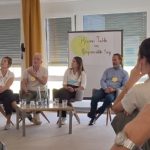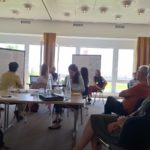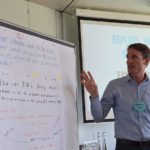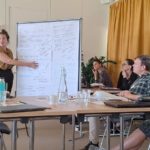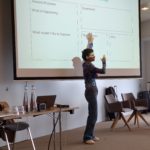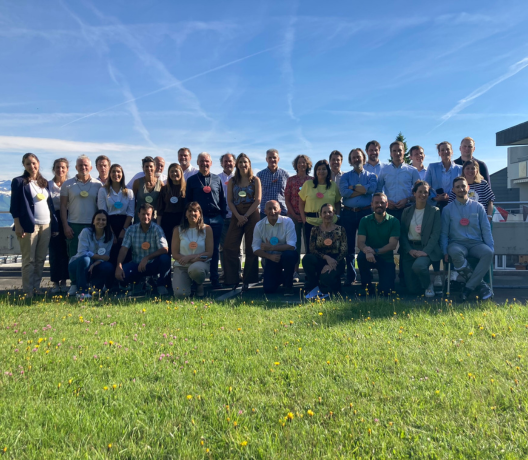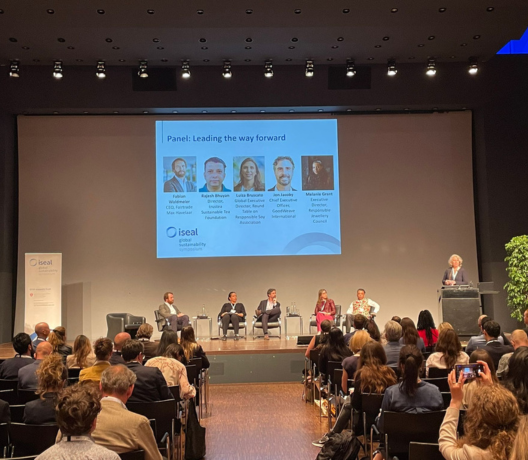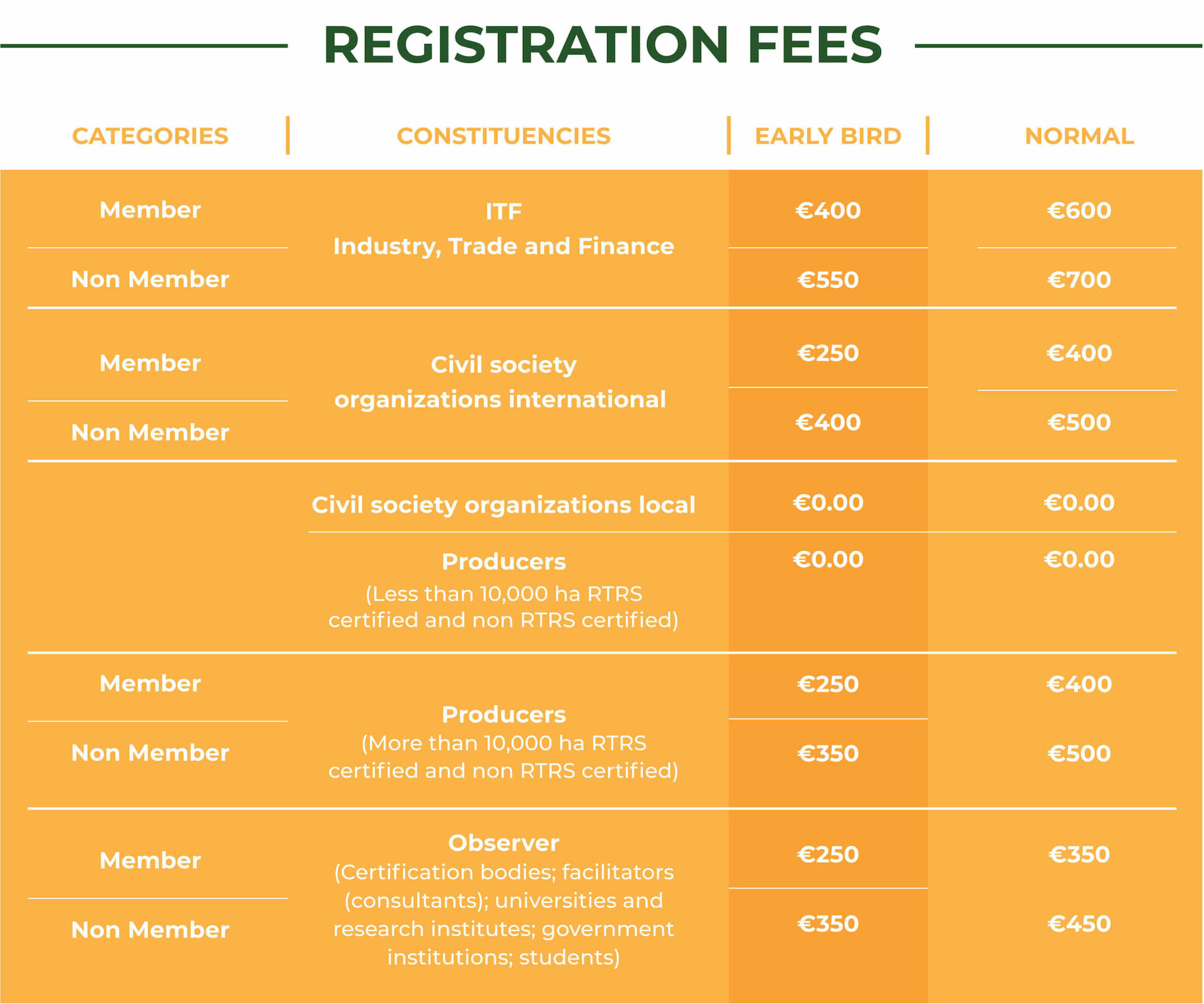RTRS held its strategic review meeting to define the Association's steps for the coming years
For three days, the Association gathered members in Lucerne, Switzerland, to review and update the RTRS “Beyond 2020” Strategy and reflect on its future.
The Round Table on Responsible Soy (RTRS) held a three-day strategic review meeting in Lucerne, Switzerland, to review and update the RTRS Strategy “Beyond 2020,” the roadmap that has guided the work and focus of the Association since 2021 and will continue to do so until 2026.
Representatives from more than 20 RTRS members, including Producers, Industry, Trade and Finance, and Civil Society Organizations, participated in dynamic sessions to explore new directions for the future of the Association. During these sessions, they discussed how to advance toward a strategic direction for RTRS in the coming years, sharing perspectives and contributing to agreements and visions.
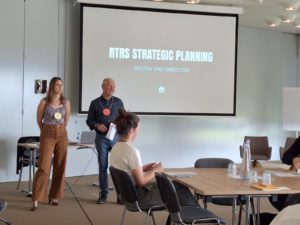

“When this strategy was designed, there was no pandemic or EU Regulation on Deforestation-Free Products (EUDR). Many things have changed over the past four years, so it is important to do this collaborative work to define and guide new challenges for the Association,” Luiza emphasized.
Lieven Callewaert, President of RTRS, welcomed the attendees and highlighted the importance of the soy industry compared to other commodities and its impact on sustainability:
“To produce 5 million tons of cocoa, approximately 4,047 hectares of land are needed, equivalent to the size of a small producer in Brazil. In contrast, to produce 70 million tons of palm oil annually, approximately 10,117 hectares of land are required. However, when it comes to soy, which reaches almost 400 million tons a year, approximately 50,587 hectares of land are used. This significant difference between various raw materials demonstrates the enormous impact we can generate as a community. We must be aware of our responsibility to address the sustainability challenges we face.”
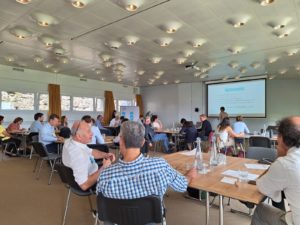

The dynamics of the three-day event were led by Tanya Stergiou from Target Teal and focused on teamwork, exploring key questions about the present and future of RTRS, analyzing its purpose, and debating the necessary steps to update the Beyond 2020 strategic plan.
The first day focused on reviewing the implementation of the Strategy during the 2021-2023 period. They reviewed completed pillars and objectives, ongoing and pending initiatives, as well as those not implemented, and presented key performance indicators (KPIs).
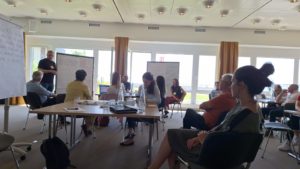

The second day centered on exploring the future of RTRS through discussions and key questions to answer how RTRS can strengthen its global role in the soy value chain and what new relationships could significantly impact the RTRS community. With the motto “explore, understand, and decide,” small group discussions were held to delve into these questions, listening to diverse perspectives, and fostering new ideas.
The third and final day focused on concluding the decision-making process. Based on the discussions of the previous days, key topics and suggested strategic directions were identified to present to the RTRS Executive Committee and Secretariat.
During the recent RTRS working days, several key topics were discussed:
- The importance of sustainability beyond deforestation.
- Strategies to add more value to certification.
- Increasing the quantifiable measurement of the impact of RTRS certification.
- Obtaining more information about the soy value chain.
- Developing solutions to respond to new sectoral, market, and regulatory demands, such as the role of RTRS and its Chain of Custody (CoC) solutions in light of the EUDR.
- The impact of new directives and regulations such as Green Claims and the Corporate Sustainability Due Diligence Directive (CSDDD).
- New scopes such as Regenerative Agriculture, Environmental Footprint, and expansion to other crops.
- The need to strengthen collaboration and synergies between organizations, sectoral initiatives, associations, and chambers, among others, to strengthen the sense of the round table.
The topics and ideas addressed will be systematized, and a survey will be sent to RTRS members to measure the importance they attach to the various topics discussed at the strategy review meeting.
The results of these deliberations will be presented at the next RTRS General Assembly on November 20 in Oude Vismijn (Old Fishmine), Ghent, Belgium, at the end of the Association’s international conference.
Reported Results of the RTRS Strategy “Beyond 2020” for the 2021-2023 period
During the meeting, the Secretariat shared performance data derived from the implementation of the RTRS Beyond 2020 Strategy. To highlight some data:
In terms of membership, over the past three years, more than 60 RTRS members were added, currently totaling 216.
Regarding market data, a total of 7.5 million tons of RTRS material was certified in 2023, covering 2,243,466 hectares. Of this total, 7 million tons were certified in the SA4 region (Argentina, Brazil, Paraguay, and Uruguay), and 500,000 tons in India.
Of all the soy imported to Europe, 50% comes from the SA4 region, of which 29% is certified by RTRS. In Europe, the Rhine area (Germany, Netherlands, Belgium) and the North Sea (Ireland, United Kingdom, and Denmark), along with Scandinavia (Sweden, Norway, and Finland), present a consolidated market for RTRS. On the other hand, southern Europe, especially Italy, followed by Spain, is showing significant growth in the adoption of certified material.
Globally certified producers in 2023 were 77,803.
As for RTRS corn certification, since the production standard for this crop began to be implemented in 2022, 178 producers were registered, and in 2023, 4,762,709 tons covering 628,449 hectares were certified.
Additionally, since 2017, aquaculture has shown significant growth in the adoption of RTRS certified material, acquiring more than 1.5 million RTRS Supporting Responsible Soy Credits between 2018 and 2023. Soy (by-products such as lecithin, soybean meal, and Soy Protein Concentrate – SPC), a key ingredient in fish feed, has led aquaculture companies to offset their soy footprint with RTRS credits.
Regarding RTRS Chain of Custody (CoC) certified sites in 2023, 414 sites were registered, of which 109 are ports and transshipment points. These sites are for receiving, processing, and marketing RTRS certified physical soy in 16 countries across the Americas, Europe, and Asia.


